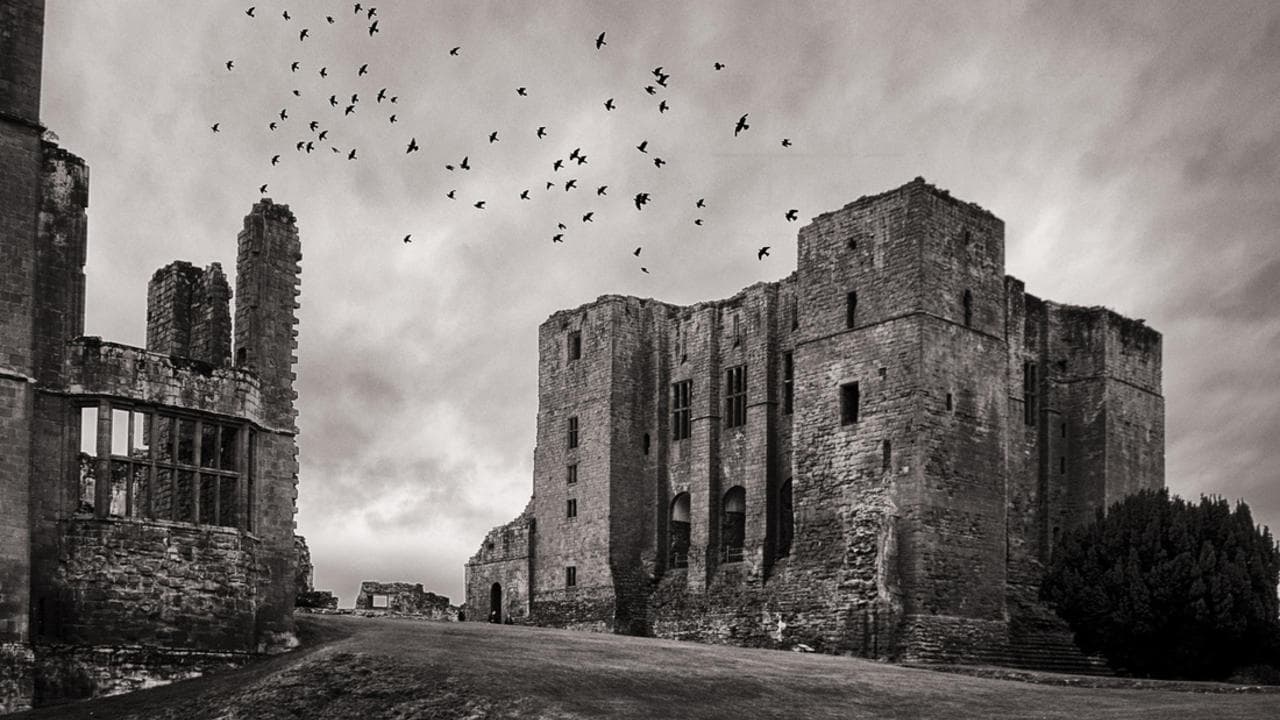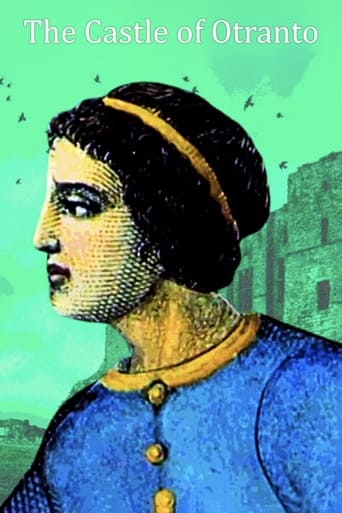



Wow, this is a REALLY bad movie!
Very well executed
Just intense enough to provide a much-needed diversion, just lightweight enough to make you forget about it soon after it’s over. It’s not exactly “good,” per se, but it does what it sets out to do in terms of putting us on edge, which makes it … successful?
View MoreOne of those movie experiences that is so good it makes you realize you've been grading everything else on a curve.
View More"The Castle of Otranto" was a novel by Horace Walpole which was published in Britain in 1764. This is Jan Svankmajer's version of the story--told in an odd fashion as those familiar with the Czech filmmaker would expect.The story starts with a documentary style piece where a professor claims to have found the actual Otranto castle not in Italy but in Czechoslovakia. This is all fake...though it looks real. And, periodically, the film cuts back to this 'expert' as he talks about his supposed research. The rest consists of a retelling of the novel and it actually sticks pretty close to it...and it's told in a style very similar to Terry Gilliam's animations from "Monty Python's Flying Circus"...with cut outs moving about through the use of stop-motion. Unlike Gilliam's animations, however, this isn't funny...though occasionally it's pretty bloody.All in all, one of Svankmajer's least enjoyable films. It lacks the goofy creepiness I love and folks looking for this might be disappointed by a story that is amazingly normal compared to Svankmajer's other films.
View MoreWhile an archaeologist discusses the historical basis of an Italian myth in Czechoslovakia and a reporter cross examines him, animations of the myth itself jump from book pages and tell the story in silent-movie style action. The intermingling of various approaches to story lines creates a nice commentary of intertextuality.Fantasy and reality are not always dichotomized, and myth basically has basis in historical fact. Who's to draw the line? Boring academically detailed commentary can tell the same story as sword fights and melodrama. And even when harsh cold reality comes into play, a clever editing technique or a moment of surreal division can make us question what we even see and what it means.In other words, Jan Svankmajer's imagination is actualized.--PolarisDiB
View More"The Castle of Otranto" is animation/short/mocumentary based on "The Castle of Otranto", a 1764 novel by Horace Walpole, the first Gothic novel. The novel takes place in Otranto in southern Italy. In Jan Svankmajer's mocumentary, the amateur archaeologist Dr Vozáb has set to prove that the supernatural ghost love story takes place not in Italy but in Otranto Castle near Nachod in Czechoslovakia. The events of the story where the characters step out from the pages of the book and presented in animation, are inter-cut with the interview between the Dr Vozáb who is passionate about his findings that prove his idea and a TV reporter who is skeptical about the whole idea... until the very last shot in the movie.
View MoreWhether or not Jan Svankmajer and Terry Gilliam were aware of each other's work, specifically that of "Monty Python and the Holy Grail" (1975) and Svanjmejer's animation work in his 1977 "Castle of Otranto" (adaptation of the 1764 Horace Walpole (1717-1797) story of the same name), I don't know. Styles of art can be very individual or similar, so I'm making no judgment here other than to say the animation work in both seems similar, as does the inclusion of a documentary story line in both films. If you've read the Walpole story, there will be no real spoilers here - if you've not, you might want to read the story before finishing this review.In "Castle of Otranto" the documentary aspect is supplied with portions of an interview interspersed with animations of the story. The Czechoslovakavian theorist's view is that nowhere in Italy or Sicily is there a castle as described in the story (which appeared in a first edition on 24 December 1764, claiming to be a translation by "William Marshall from the original Italian of Onuphrio Muralto, Canon of the Church of St. Nicholas at Otranto" - in the second edition of 11 April 1765 Walpole dropped the pseudonym). As the moving tape on a reel to reel recorder is shown, the theorist tells of receiving a postcard of the ruins of a Czechoslovakian castle which he maintains is the one referenced in the Italian story. He cites cultural contacts between his country and Italy since 868 and notes that Petrarch visited Prague.He tells of a 1938 excavation that turned up horn material that was discovered to be from ostrich feathers, which knights commonly wore on helmets, and in 1934 an extremely large rivet from a knight's armour was discovered. He continues with noting that microscopic metal fragments were found in doorways and other stones in the castle.(*possible* spoiler below, if you're unaware of the origins of the original story, which I've already mentioned) While sitting outside the castle ruins, the interviewer expresses his incredulity at the story and points out that the horn material later was to be found out to be from a cow, and the rivet was actually a piece of a fire hydrant. Following the accusation of falsehood, a giant hand breaks through part of the castle structure, showering debris on the two men.If you like this type of faux documentary, you might also want to take a look at Peter Jackson's "Forgotten Silver", which maintains that before D.W. Griffith's first film, a New Zealand filmmaker shot a musical version of Salome. This "mockumentary" was subsequently aired on New Zealand television and not a few kiwis went for it hook, line, and sinker.
View More